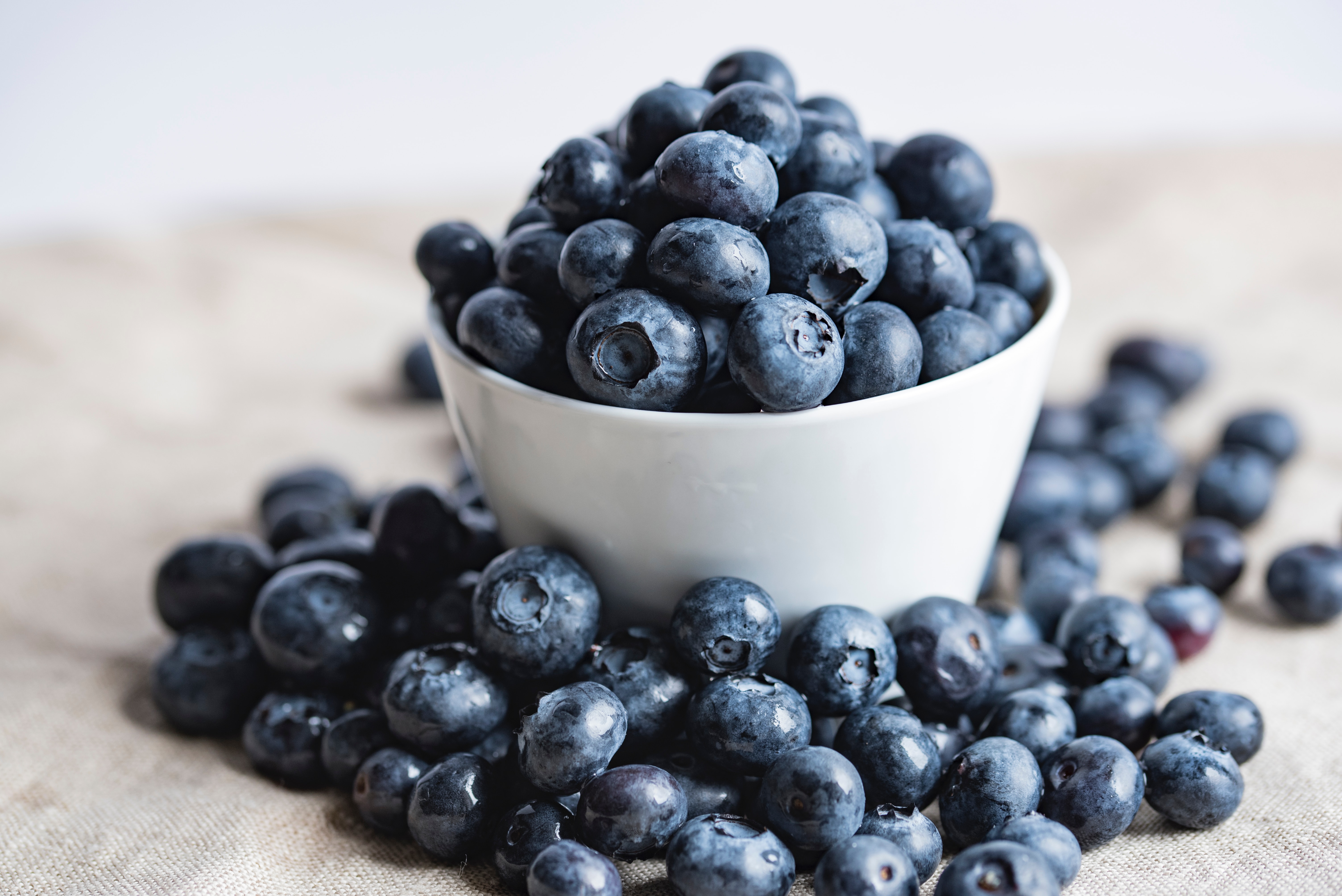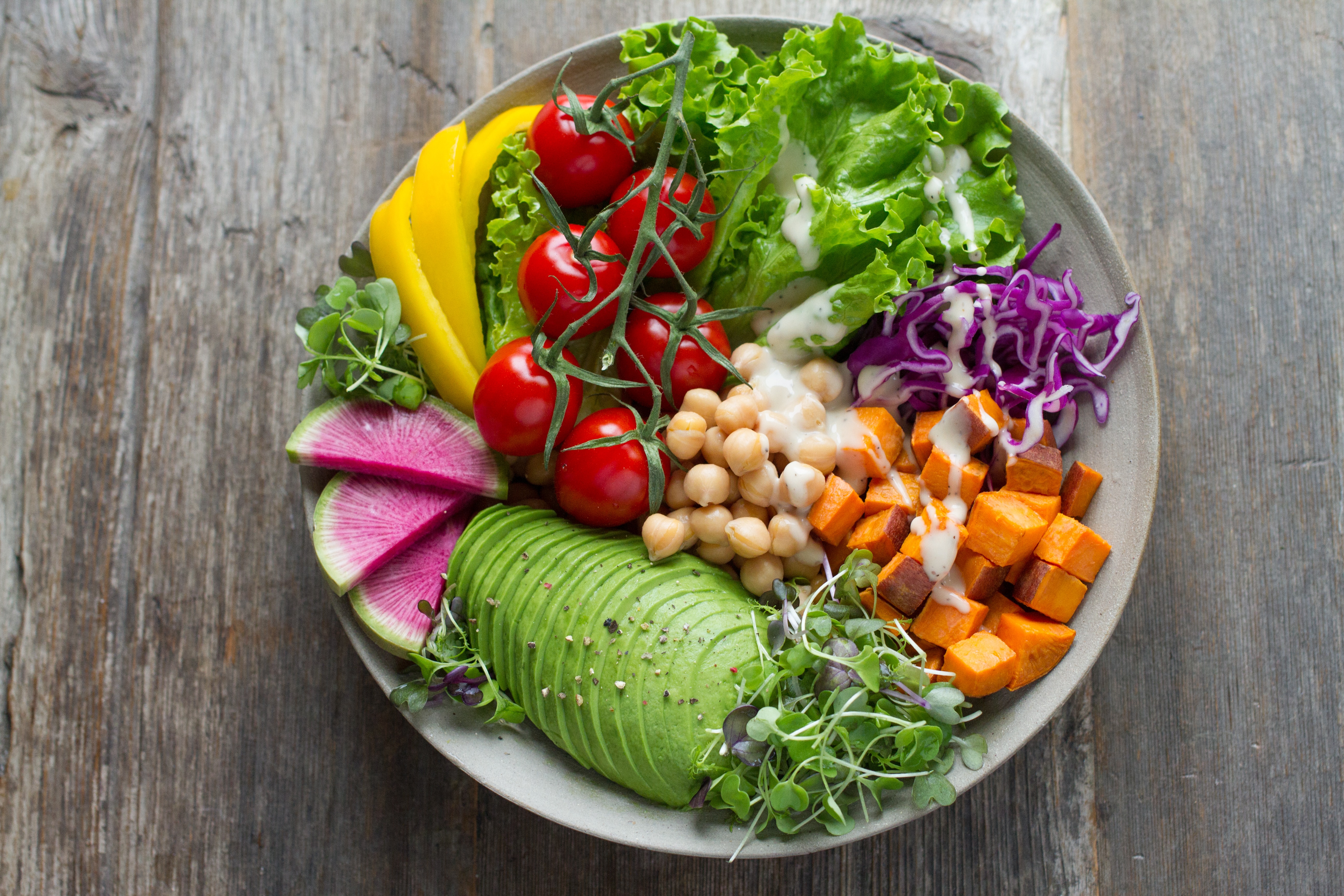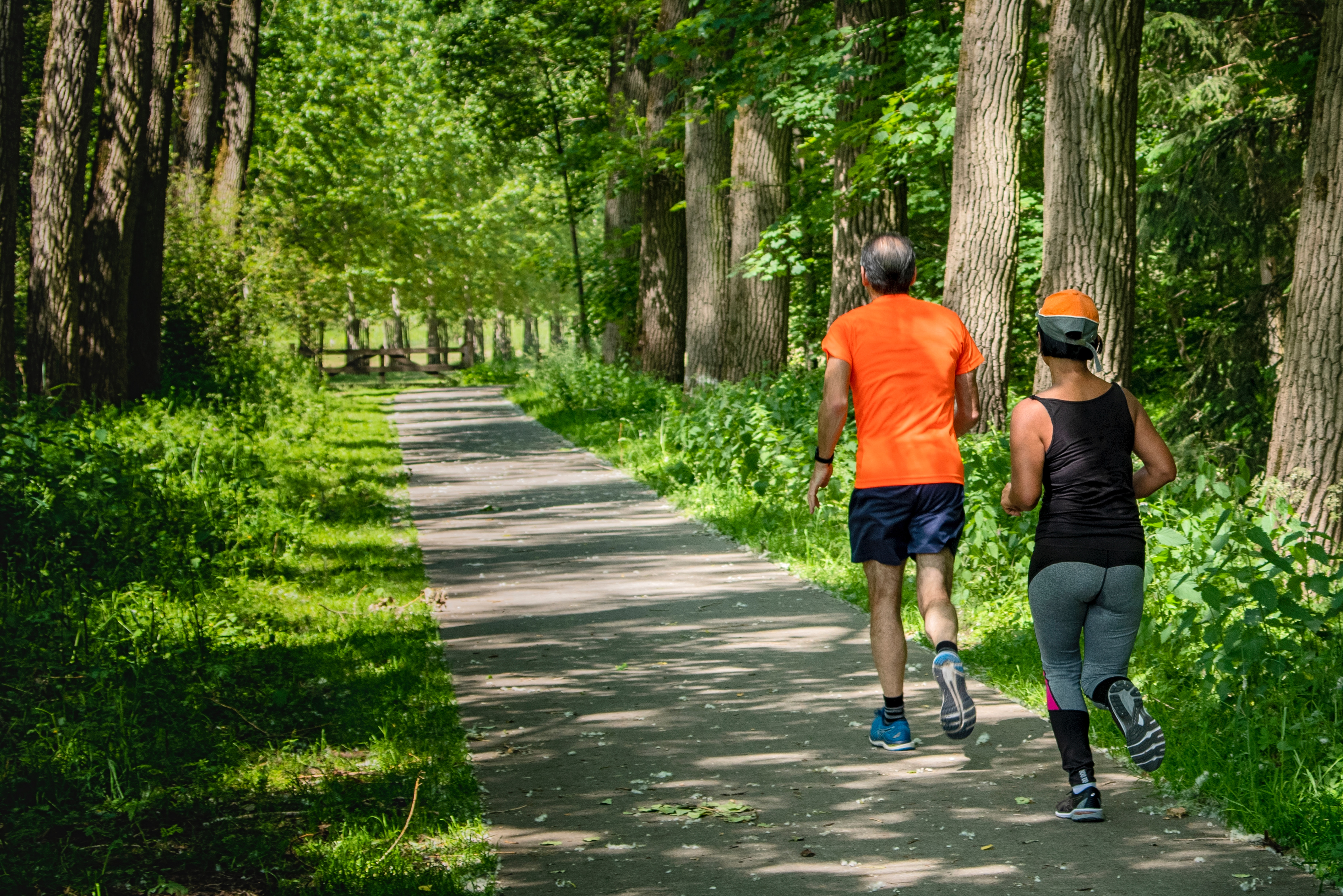Per Julie Appleby and Michelle Andrews in an article published in USA TODAY, “Will the doctor see you now? Maybe not amid the changing health care landscape in the US.”
“The primary care landscape is changing in ways that could shape patients’ access and quality of care now and for decades to come. A solid and enduring relationship with a primary care doctor – who knows a patient’s history and can monitor new problems – has long been regarded as the bedrock of a quality health care system. But investment in primary care in the U.S. lags behind that of other high-income countries, and America has a smaller share of primary care physicians than most of its European counterparts.
An estimated one-third of all physicians in the U.S. are primary care doctors – who include family medicine physicians, general internists, and pediatricians – according to the Robert Graham Center, a research and analysis organization that studies primary care. Other researchers say the numbers are lower, with the Peterson-KFF Health System Tracker reporting only 12% of U.S. doctors are generalists, compared with 23% in Germany and as many as 45% in the Netherlands. That means it’s often hard to find a doctor and make an appointment that’s not weeks or months away.
Though having good access to primary care has traditionally been linked to better health, U.S. investment in that workforce lags behind that of other high-income countries. Today, a smaller percentage of physicians are entering the field than are practicing, suggesting that shortages will worsen over time. Interest has waned partly because, in the U.S., primary care yields lower salaries than other medical and surgical specialties. Some doctors now in practice also say they are burned out, facing cumbersome electronic health record systems and limits on appointment times, making it harder to get to know a patient and establish a relationship. Others are retiring or selling their practices. Hospitals, insurers like Aetna-CVS Health, and other corporate entities like Amazon are on a buying spree, snapping up primary care practices, furthering a move away from the “Marcus Welby, M.D.”-style neighborhood doctor. About 48% of primary care physicians currently work in practices they do not own. Two-thirds of those doctors don’t work for other physicians but are employed by private equity investors or other corporate entities, according to data in the “Primary Care Chartbook,” which is collected and published by the Graham Center.
…..For patients, frustrating wait times are one result. A recent survey by a physician staffing firm found it now takes an average of 21 days just to get in to see a doctor of family medicine, defined as a subgroup of primary care, which includes general internists and pediatricians. Those physicians are many patients’ first stop for health care. That runs counter to the trend in other countries, where patients complain of months- or yearslong waits for elective procedures like hip replacements but generally experience short waits for primary care visits."
Primary care physicians are the first doctor a person should see when they are not feeling well to narrow down what is going on, get started on medications, get tests ordered, or referral to appropriate specialty service. Unfortunately, these prolonged wait times can lead to worsening of a patient’s condition, misdiagnosis, or increased use of urgent care/emergency room visits which can be expensive. The primary care shortage is slated to become even worse in the coming years, especially in rural areas. This is sad.
 Photo by
Photo by  Photo by
Photo by  Photo by
Photo by  Photo by
Photo by  Photo by
Photo by  Photo by
Photo by